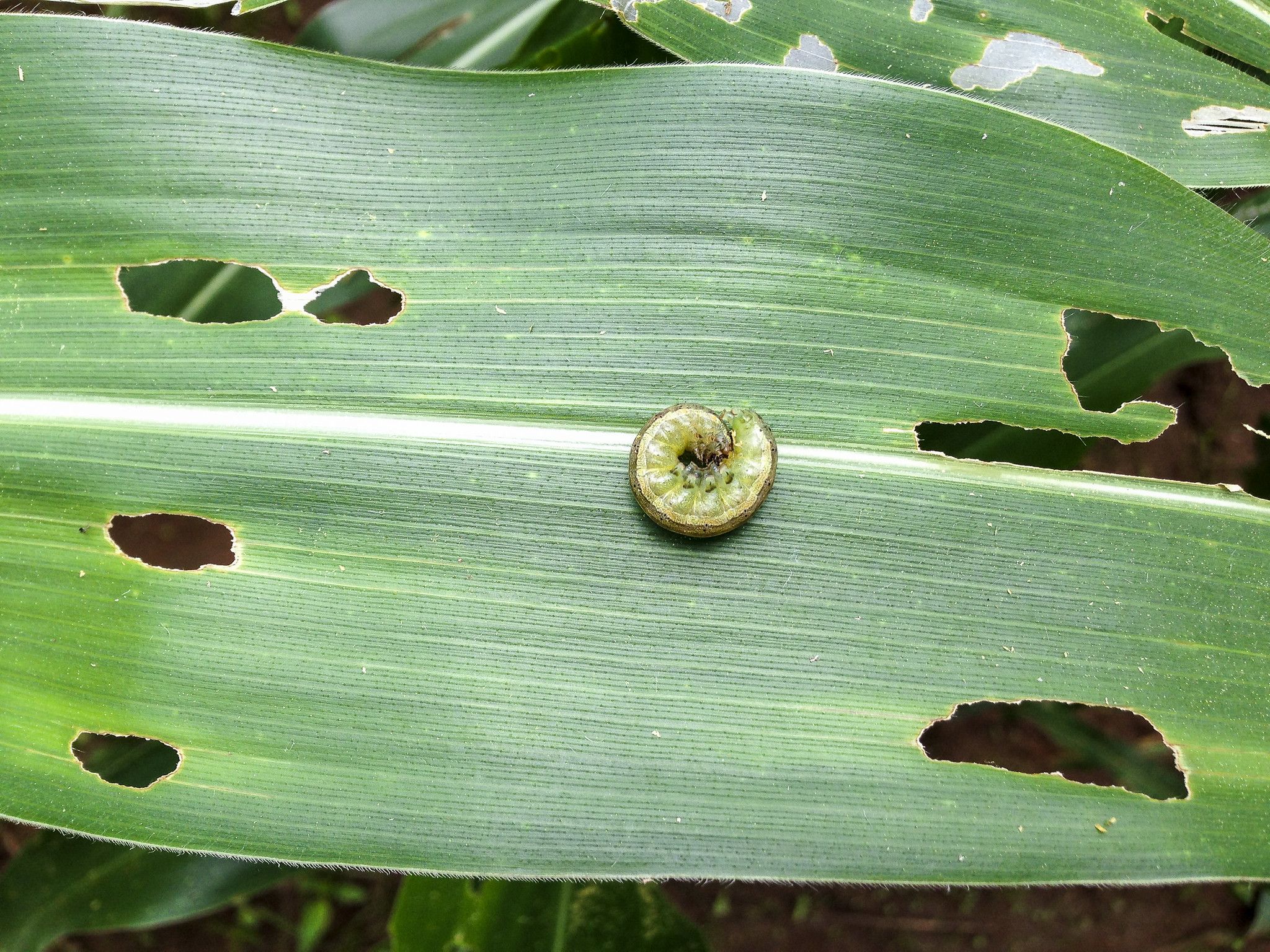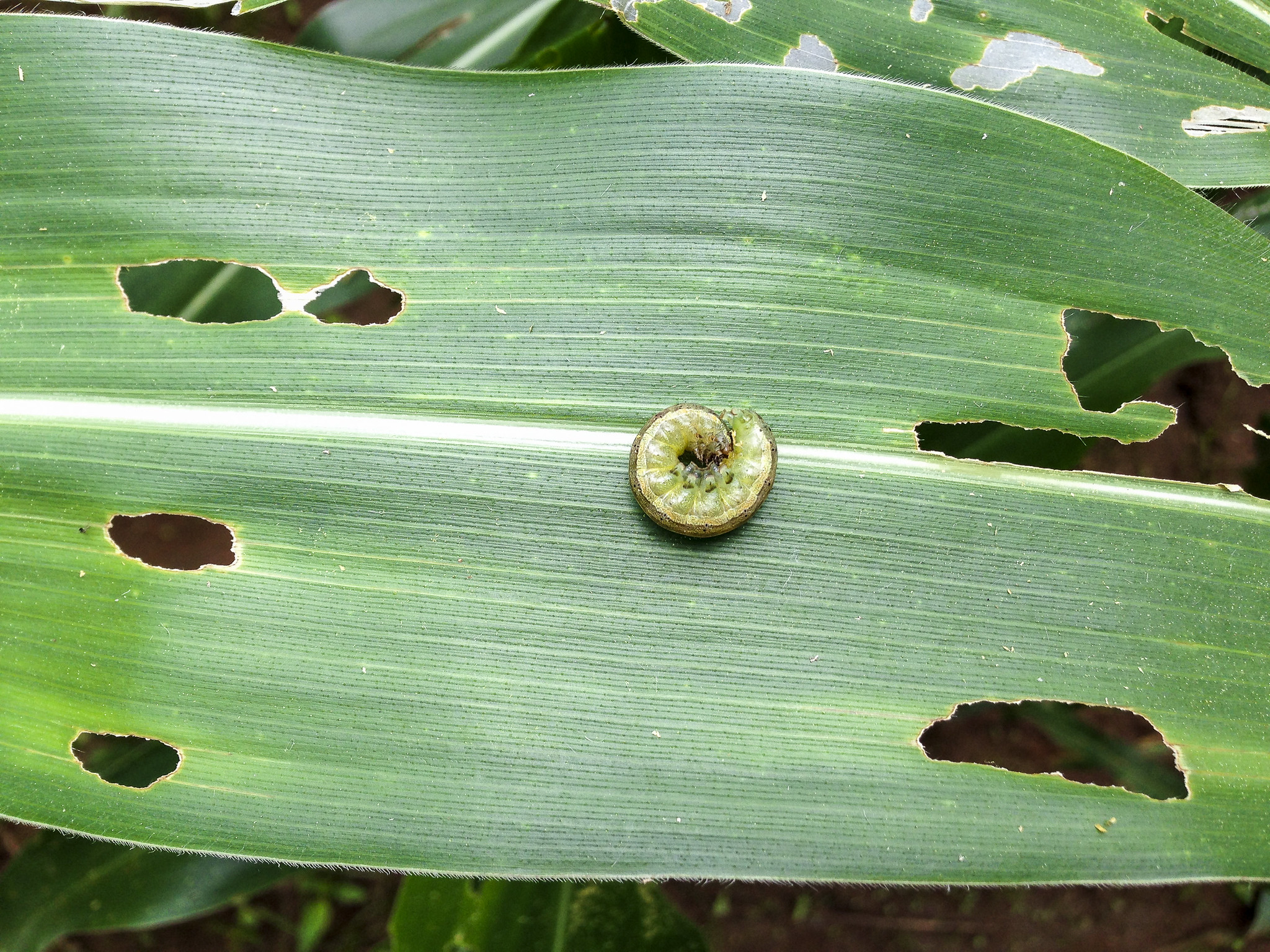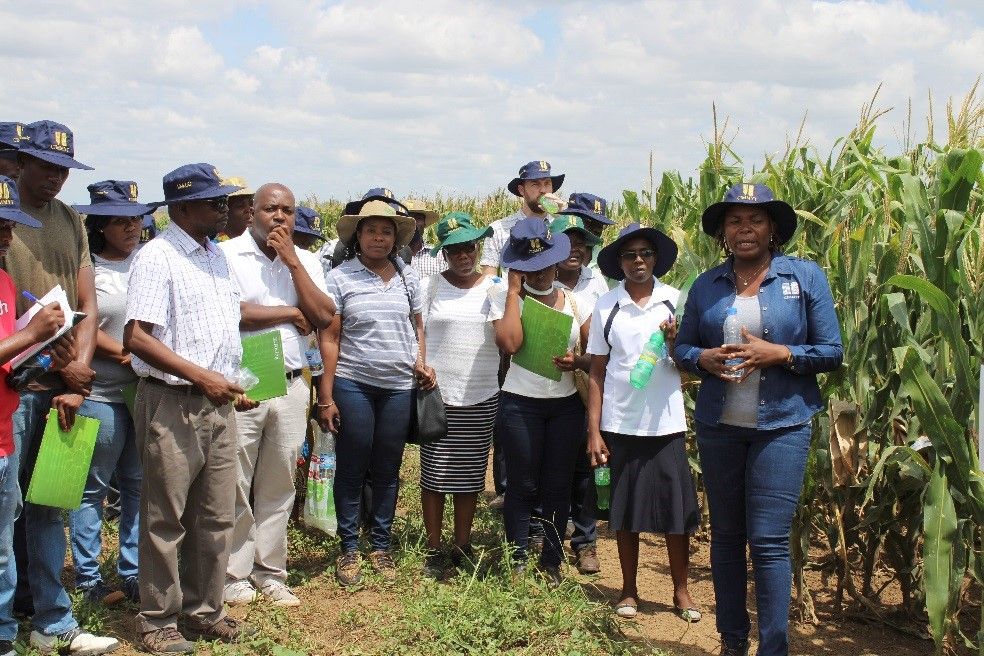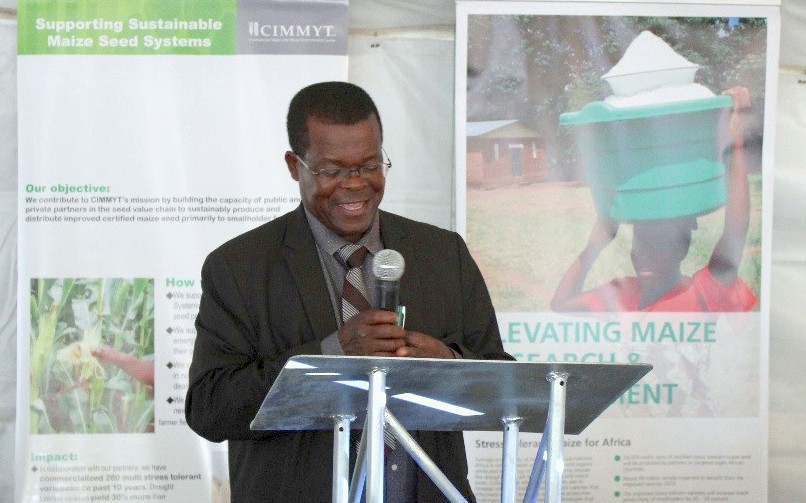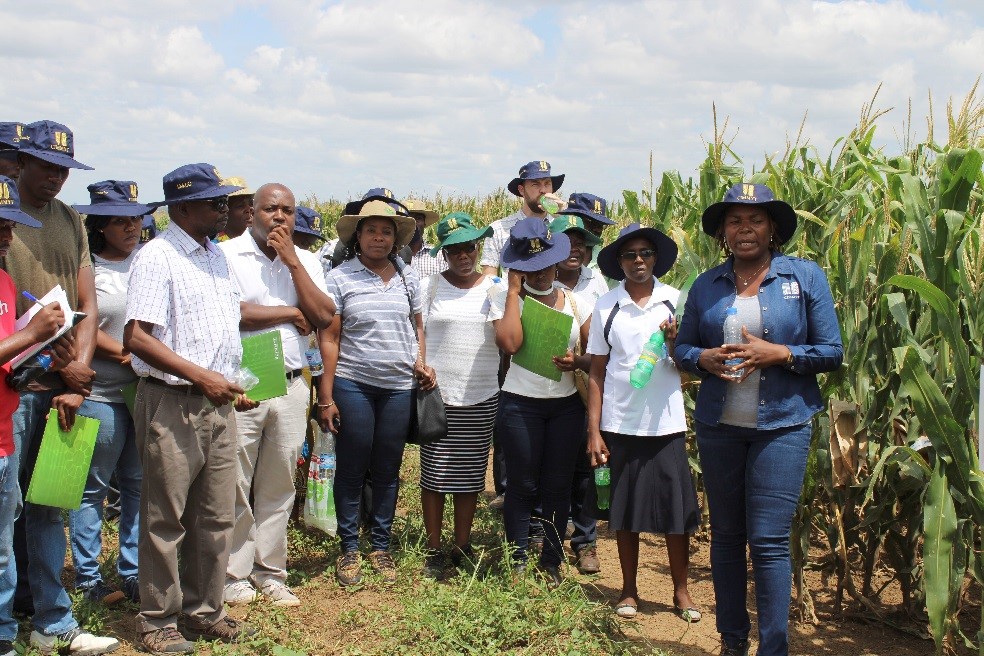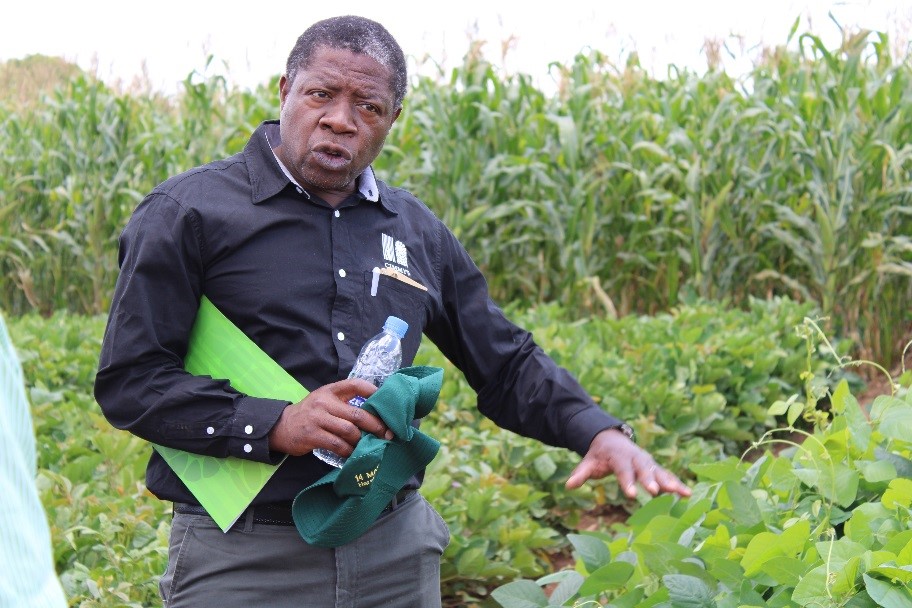Scaling fodder innovations to improve livestock productivity in Zimbabwe’s semi-arid regions
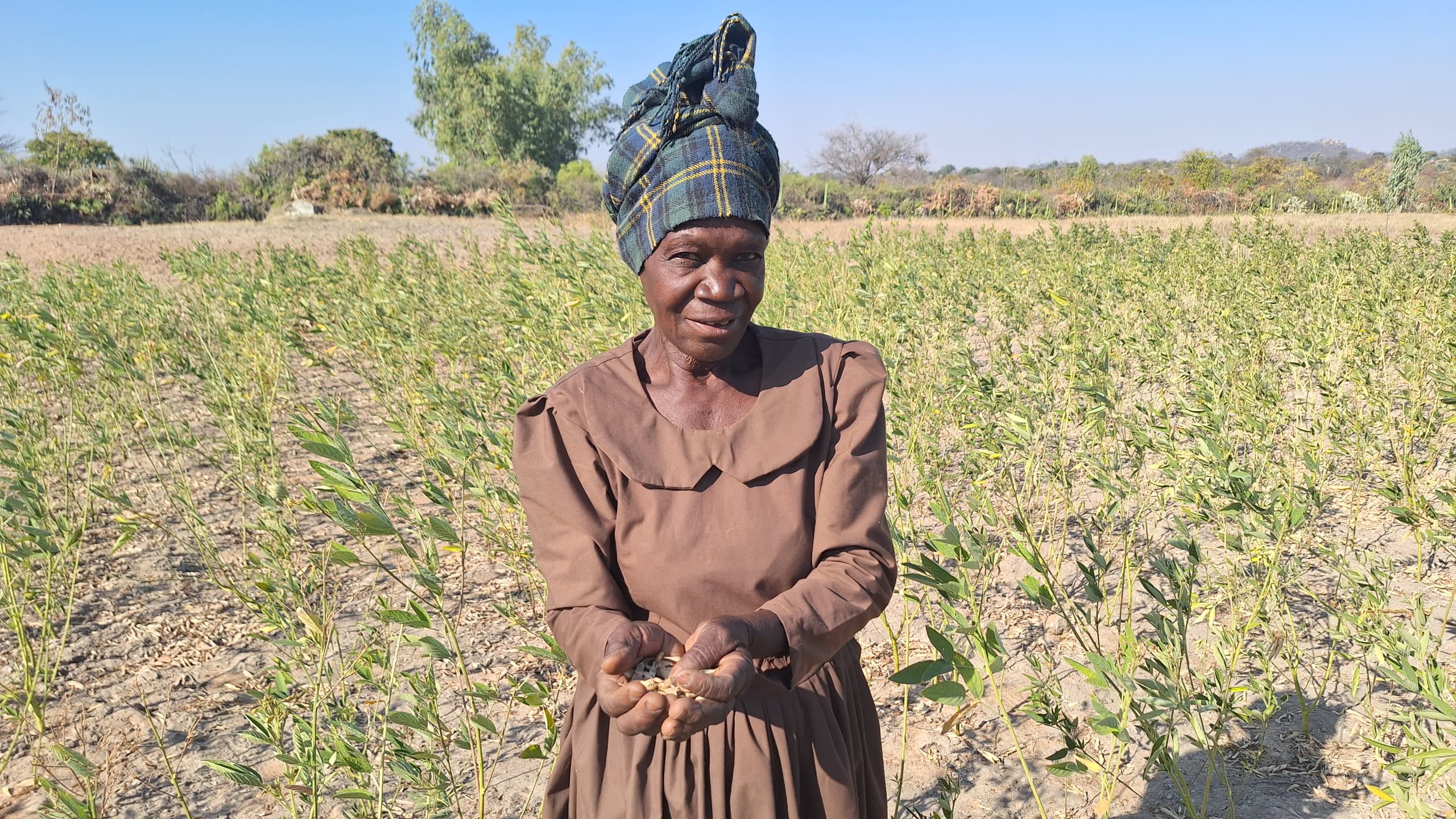
When she first ventured into growing pigeon peas as a baby trial host farmer, Gogo Consilia Nyamunda doubted that intercropping them with maize would bring any benefits, especially given the weather had not been lenient over the past few years in Buhera district, in eastern Zimbabwe. “This year has been the hardest. I’ve never experienced such drought and heat stress, but it’s not just me—it’s affecting the entire country,” says Gogo Consilia. Yet, her production turned out to be better than that of farmers growing only maize, a popular crop in Southern Africa. Encouraged by the results, she expanded her efforts, dedicating half a hectare to pigeon peas. “From just 0.2 hectares of pigeon peas, I still managed to harvest 10 kilograms in these extremely dry conditions. It’s not just for feeding my chickens—other farmers are now interested in the seeds as well,” she explains.
Gogo Consilia Nyamunda is one of twelve farmers experiencing new feed production practices as part of the Livestock Production Systems in Zimbabwe (LIPS-Zim) project, rolled out since 2020 by the International Livestock Research Institute (ILRI) in partnership with CIMMYT, the French Agricultural Research Center for International Development (CIRAD), and the University of Zimbabwe (UZ).
In the face of a changing climate, building the resilience of local farmers is crucial to safeguarding both their meal baskets and livestock feed. In this context, LIPS Zimbabwe has emerged as a strategic initiative, deeply rooted in farmer-driven trials to scale fodder production while maximizing the potential of mechanization for smallholder farmers in Buhera. By integrating improved agronomic practices with scalable fodder production, LIPS Zimbabwe is helping farmers withstand the challenges posed by climate change.
Empowering local farmers through fodder production
In the same district, Shirley Makoni also began as a baby trial farmer, intercropping maize with jack bean, a leguminous crop resilient to drought. Her case highlights the importance of diversifying crops and adapting to the realities of climate change: despite initial skepticism, Shirley found that jack beans not only survived the drought but also provided valuable feed for her cows. “I didn’t think anything would come out of it, but the cows love the leaves and seeds. They’ve gained weight, and the crop has been easy to manage,” she shares. While her maize and other crops failed due to the severe weather, jack bean proved to be a reliable source of feed, allowing her to bale the leaves and even share the harvest with others.
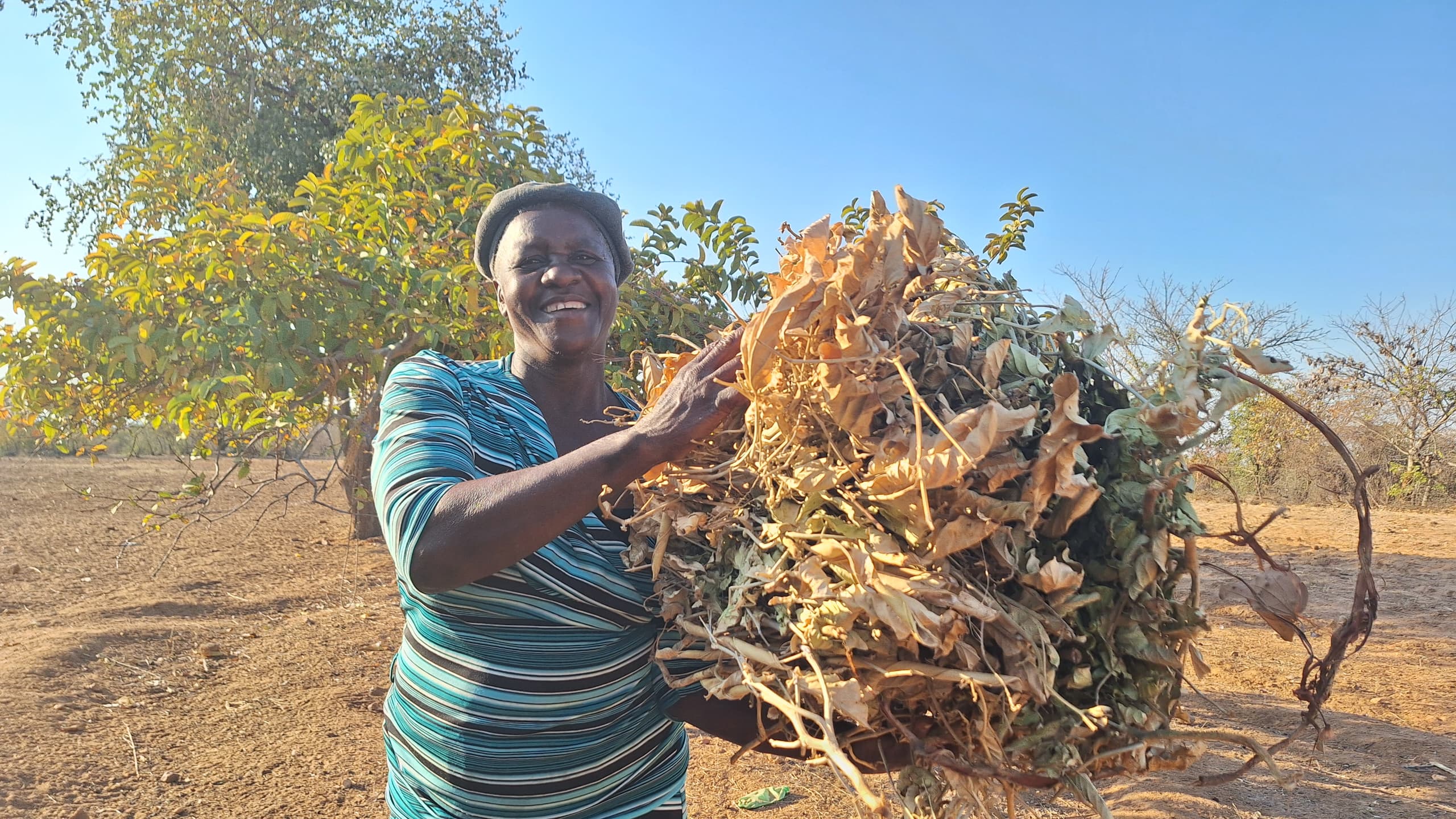
One of the key strategies employed by LIPS Zimbabwe is the promotion of resilient fodder crops that can thrive under harsh climatic, semi-arid conditions where potential evapotranspiration far exceeds seasonal rainfall, which is often below 600 mm. This approach not only ensures a reliable source of feed for livestock but also contributes to the overall resilience of farming systems. The success story of farmers like Gogo Consilia Nyamunda highlights the transformative impact of these efforts.
“The idea of testing new innovations has paid off. Despite the poor sandy soils in Buhera, these fodder crops (jack bean and pigeon pea) have done well!” says Isaiah Nyagumbo, a Systems Agronomist leading the CIMMYT component of the LIPS-Zim project. “This means we now have a more diverse range of leguminous fodder crop species that can be grown in these semi-arid conditions, apart from the more common ones such as mucuna, lablab, and cowpeas.”
Some preliminary laboratory results also suggest that jack bean contains much higher crude protein than popular fodder legumes like mucuna. Jack bean could thus offer a new resilient feed option for farmers in these drought-prone regions and can be grown as an intercrop or in rotation with cereals.
Transforming fodder production through mechanization
Tying the LIPS Zimbabwe project together is the introduction of the mechanization component, from planting to processing the fodder crops, which is crucial for increasing the scale of fodder production in Zimbabwe’s semi-arid regions. By processing forage legumes such as jack bean, lablab, pigeon pea, mucuna, and cowpea, farmers can ensure a steady supply of nutritious feed for their livestock, even in the face of unpredictable weather patterns.
Local farmers in Buhera have been equipped with machinery such as a chopper grinder, hay balers, planters, and tractors, and trained to use and maintain the equipment. “Among the machinery at hand, the hay baler has been a great win for me, especially for the cows,” says Gandani Nhachi. “Last season, I made 27 bales of fodder, which has been vital for my herd. I’ve also grown my goat herd from 16 last year to 35 this year,” he proudly shares.
Building resilience for the future
As climate change continues to challenge farmers, initiatives like LIPS Zimbabwe are essential for building resilience. By combining traditional knowledge with modern practices, scaling fodder production, and embracing mechanization, farmers in Buhera are better equipped to protect their livelihoods and ensure food security. As Gandani puts it, “Climate change is inevitable, but with the right practices, we can still thrive. When I give my goats food, they multiply. Even if one side fails, all hope is not lost.”

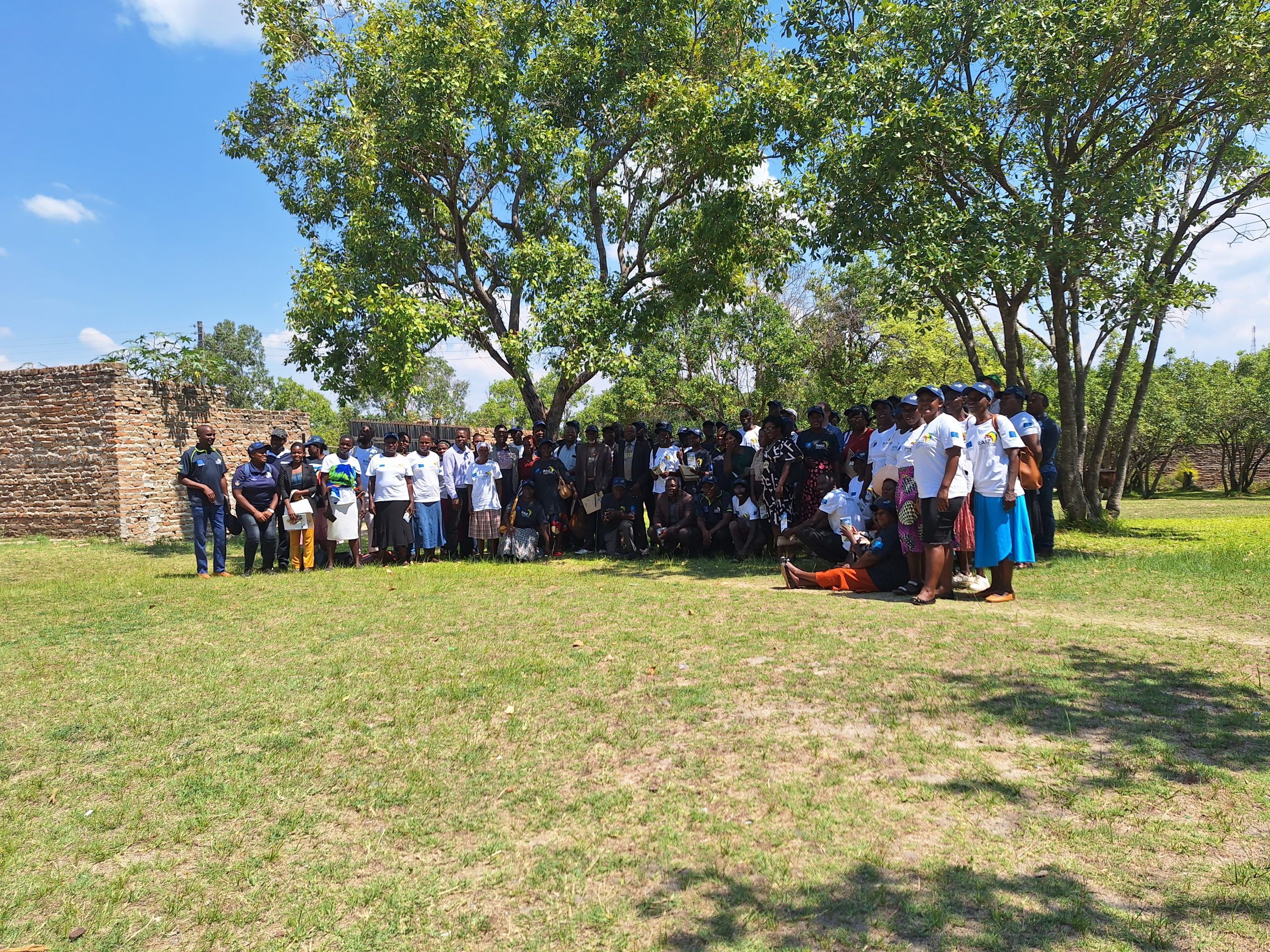
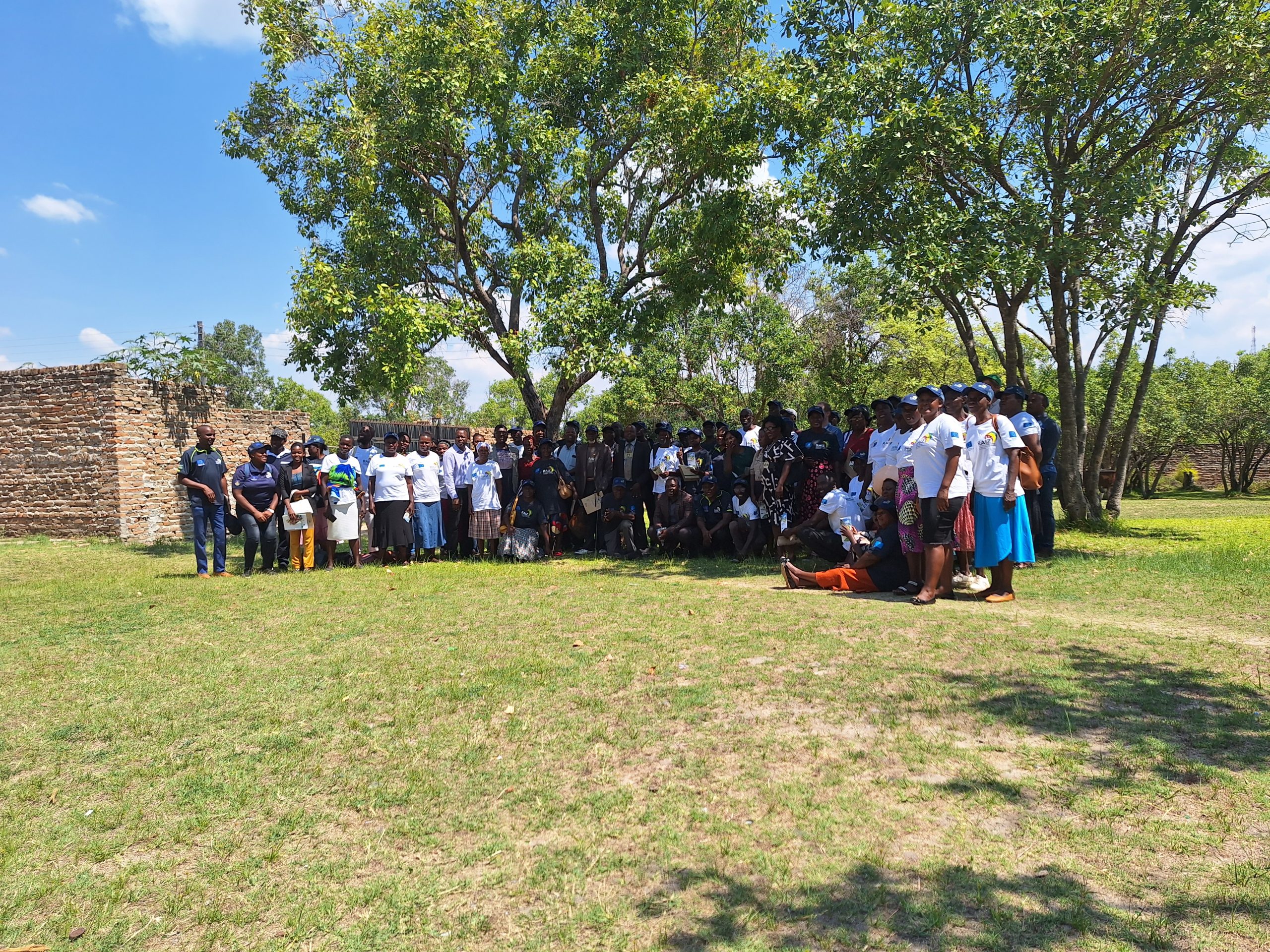


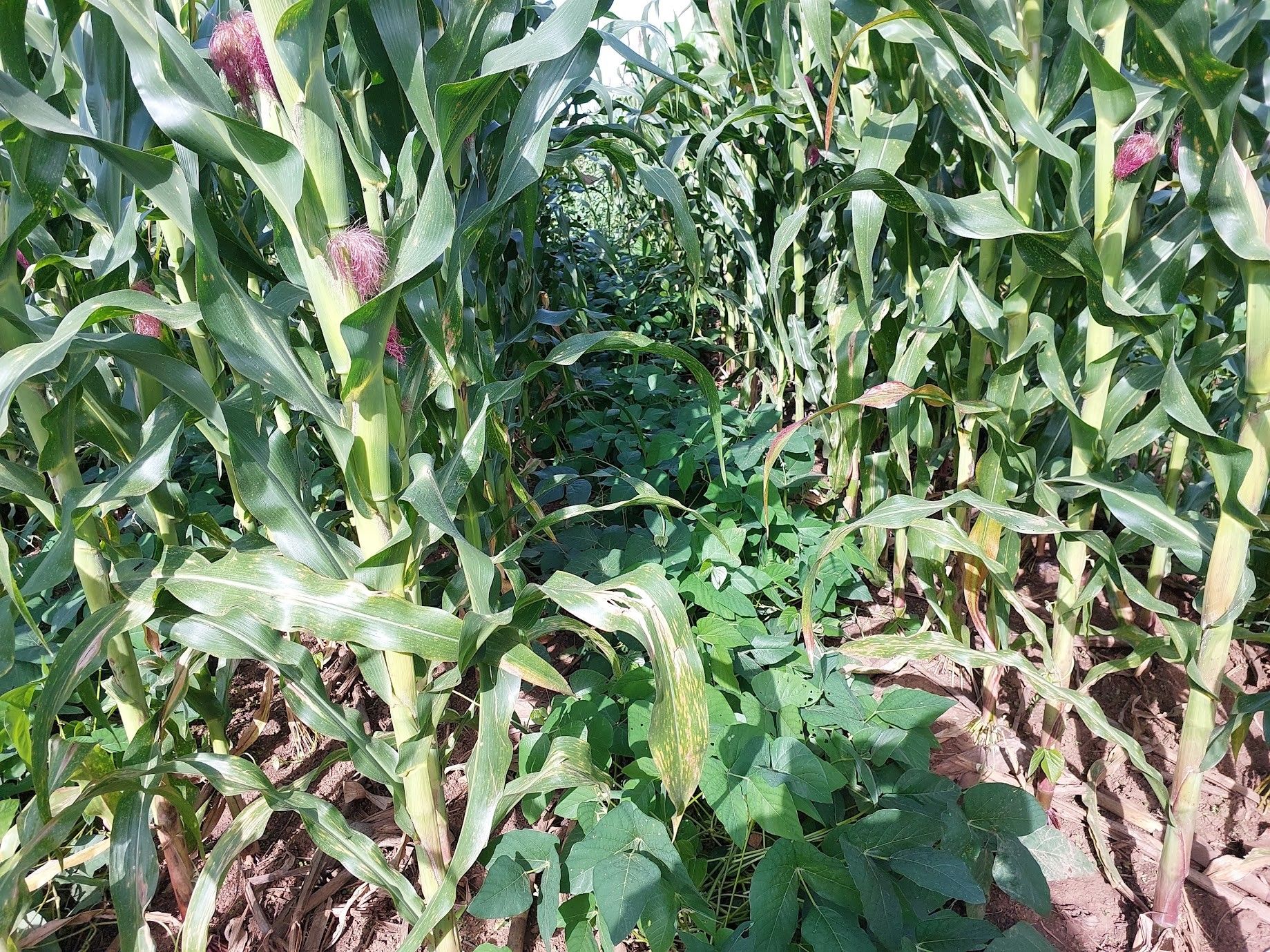
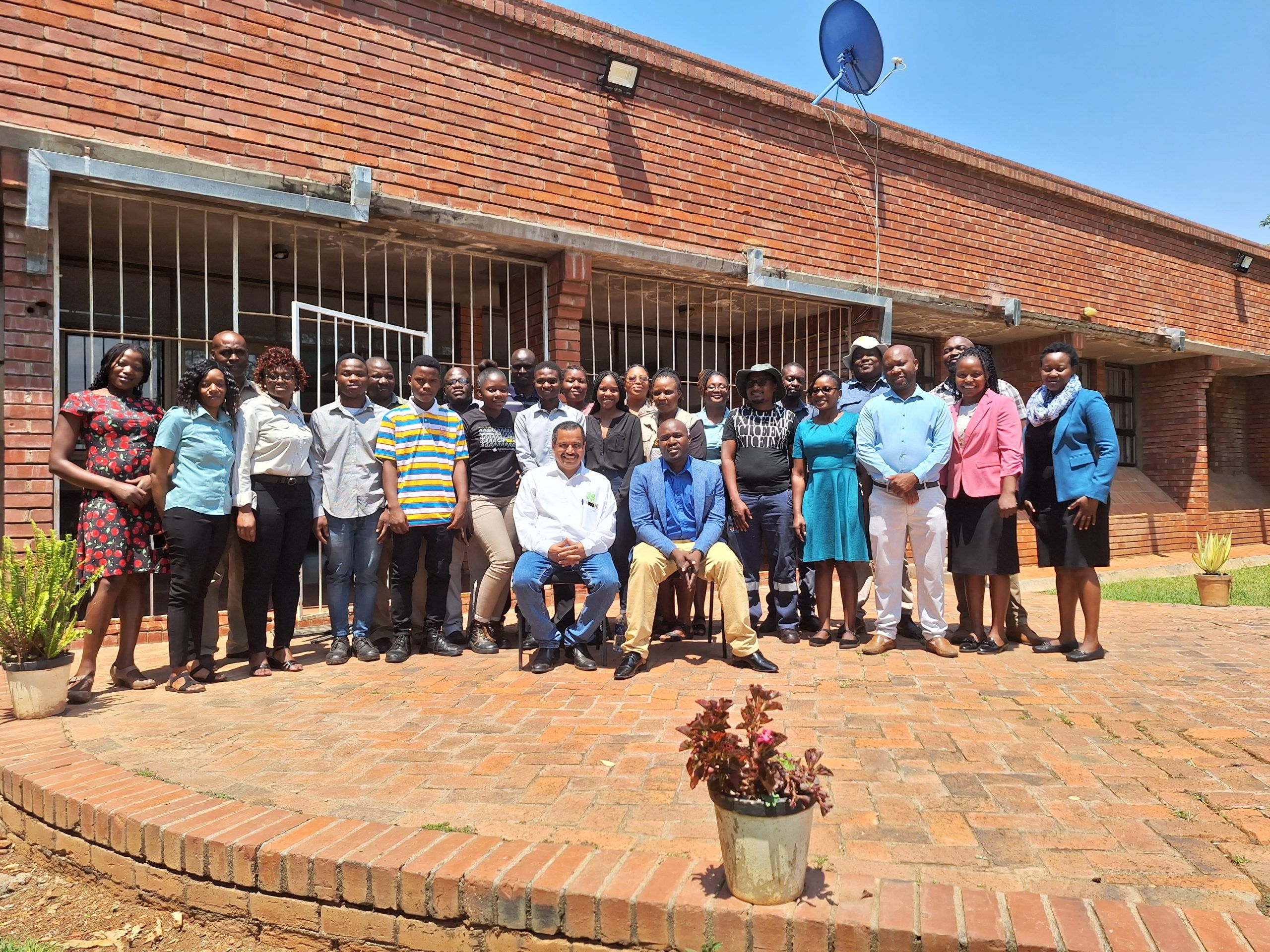



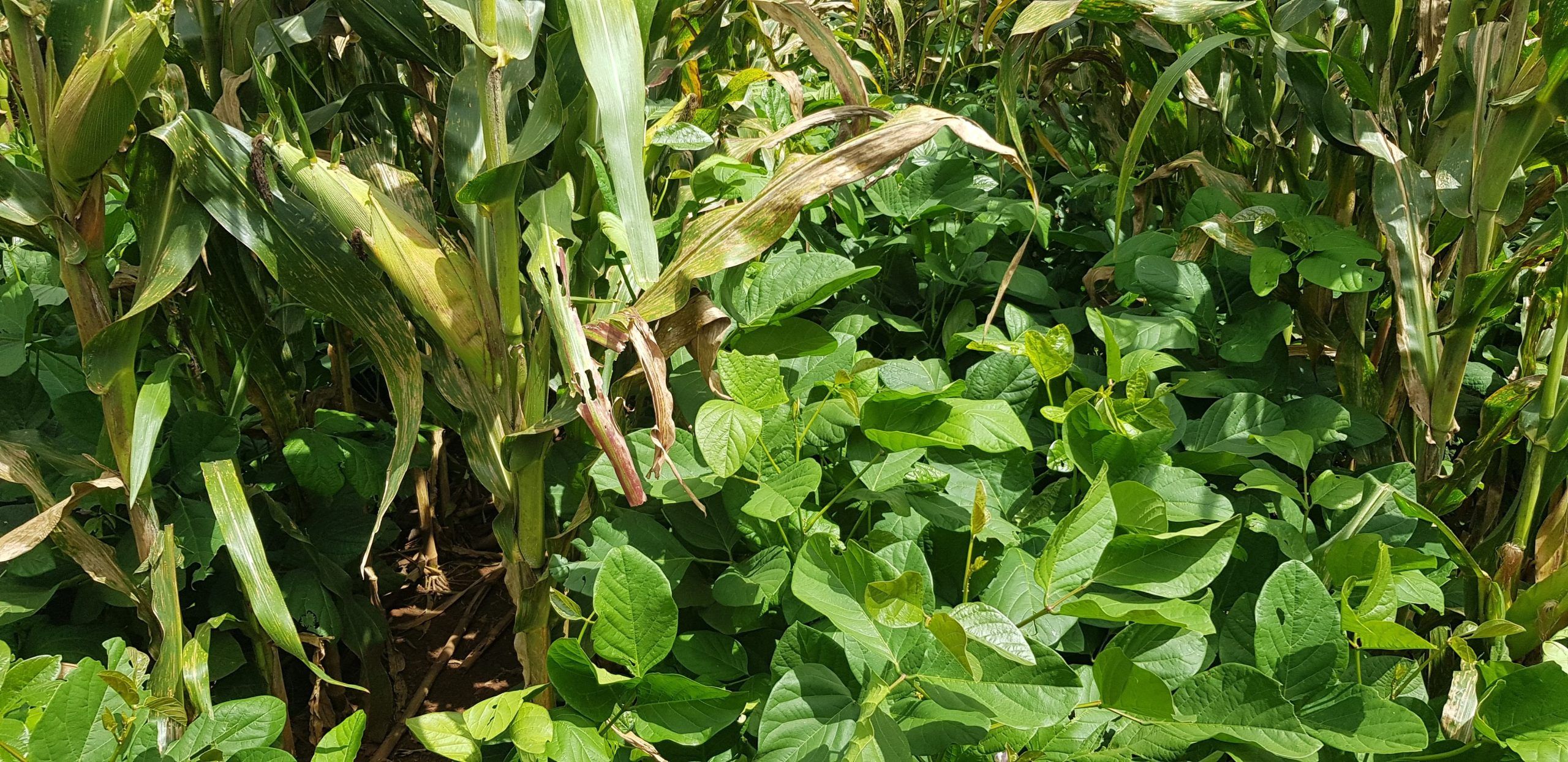
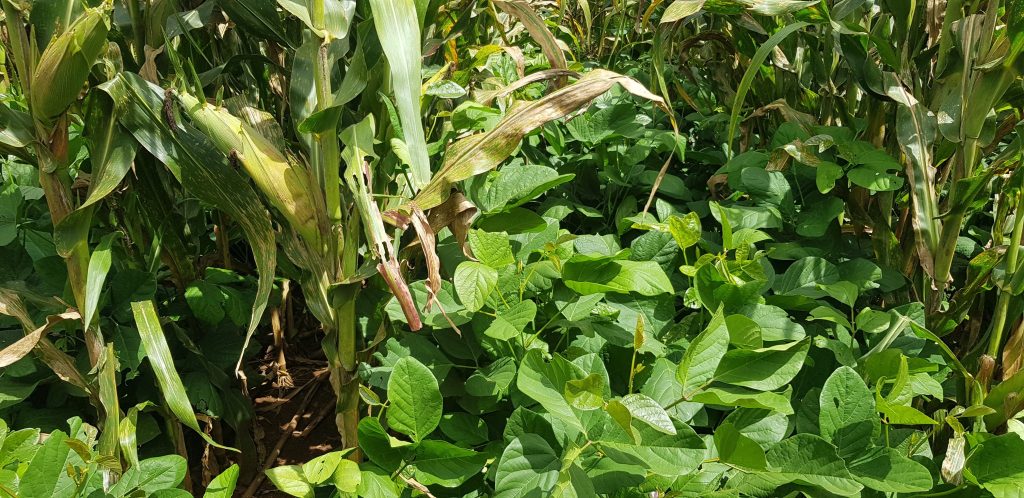
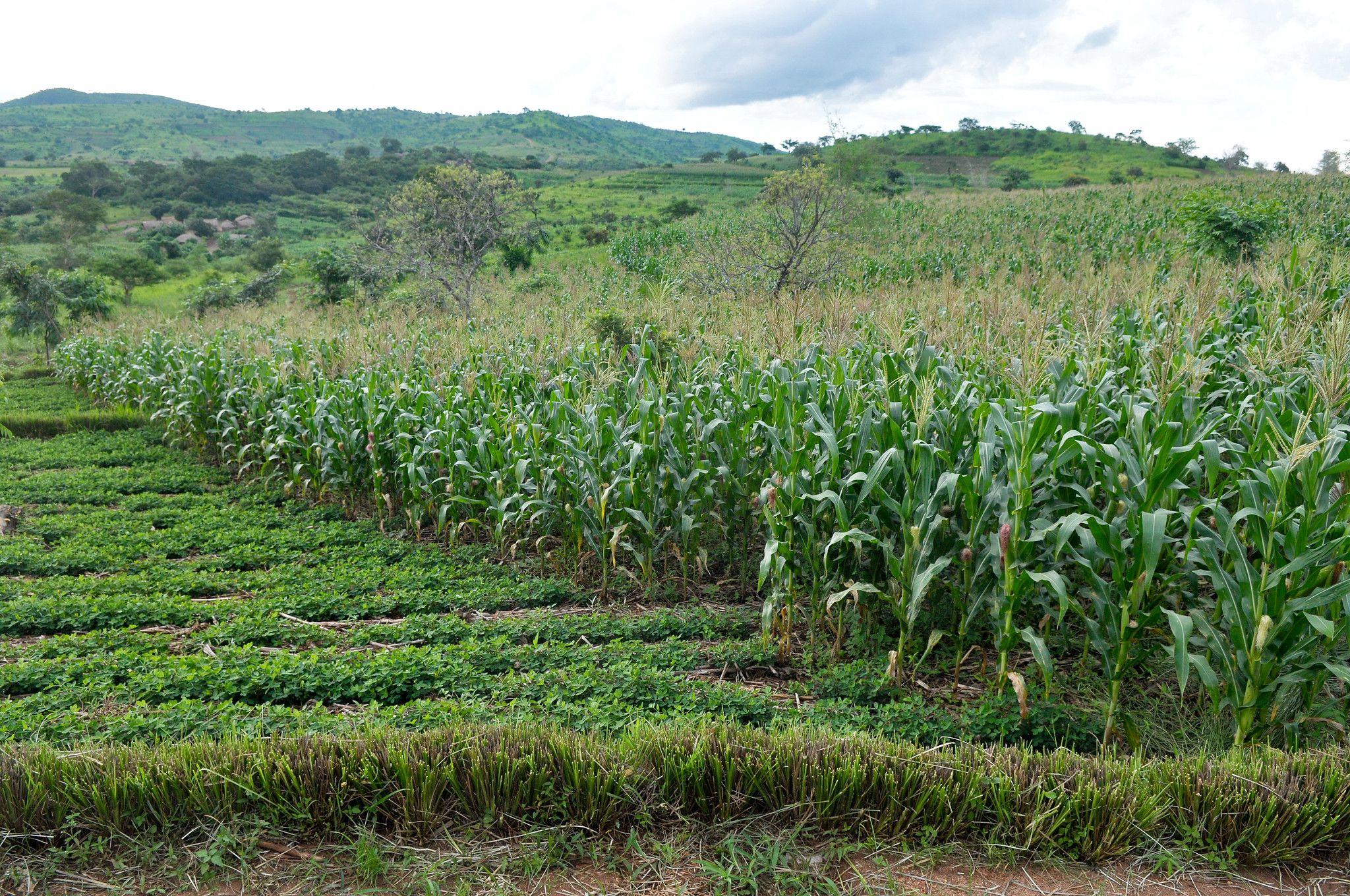
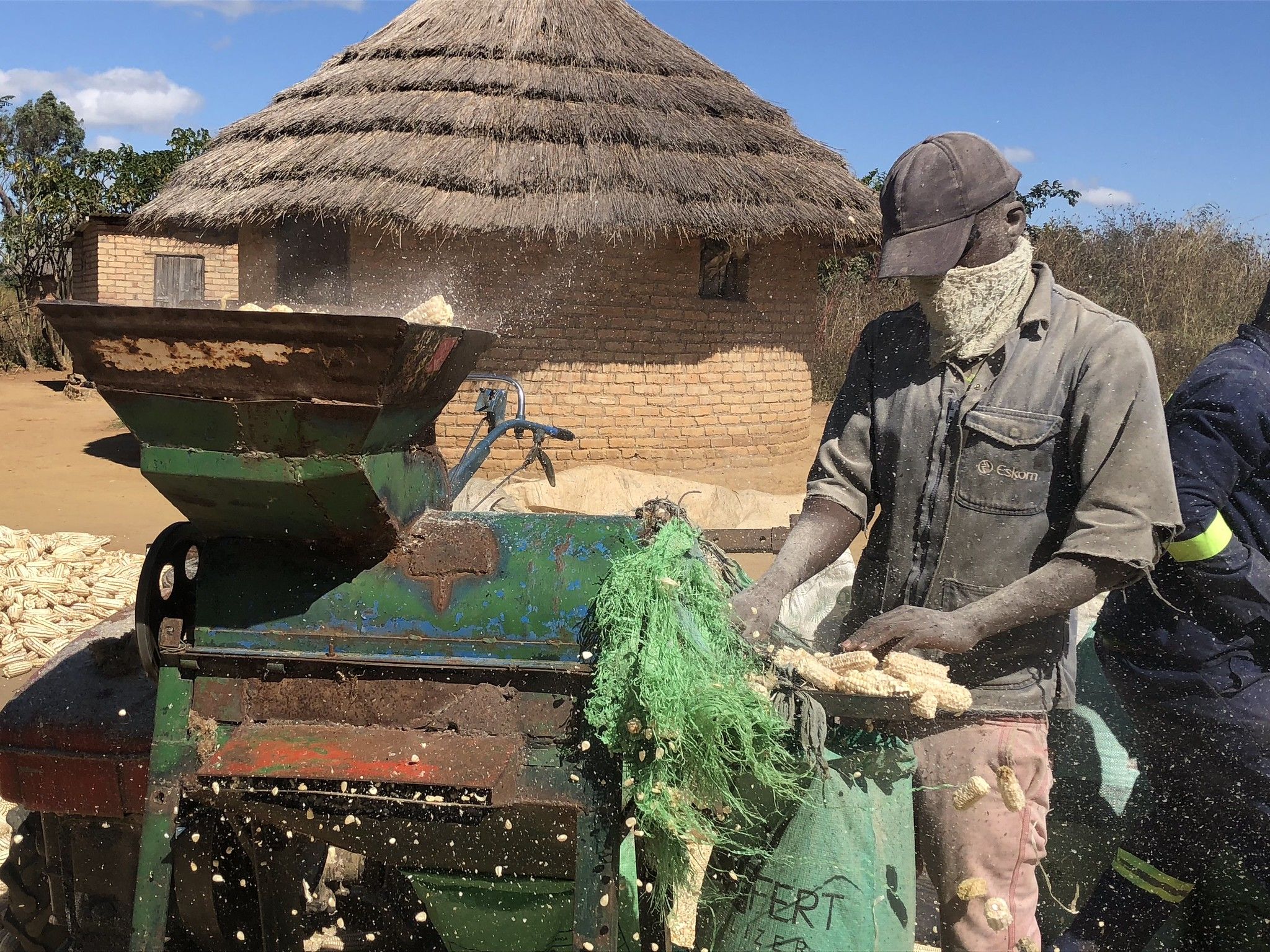
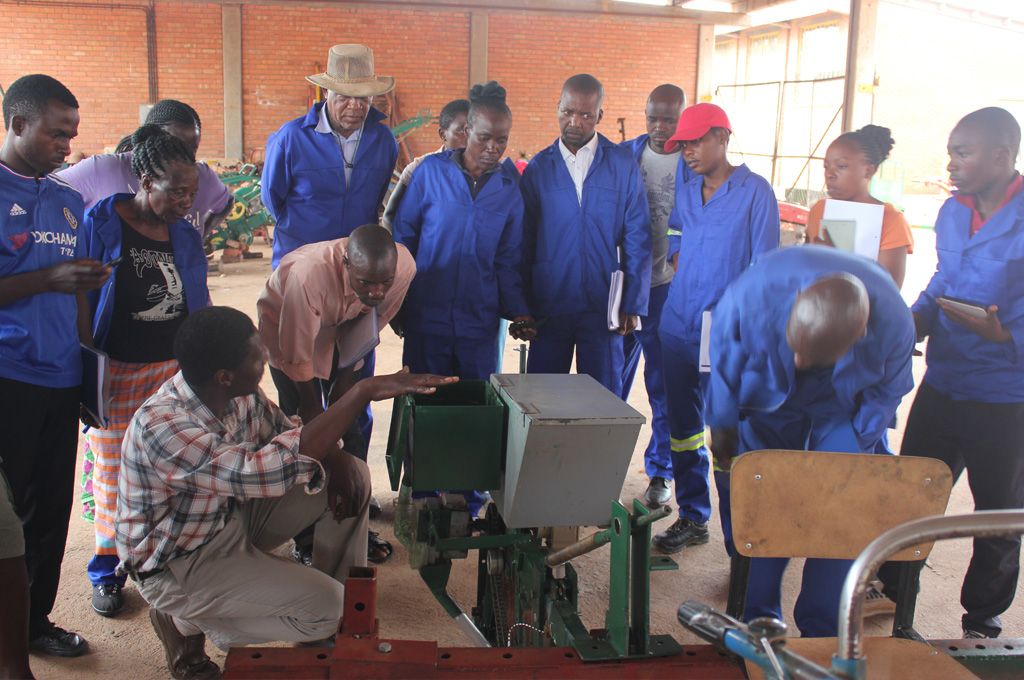



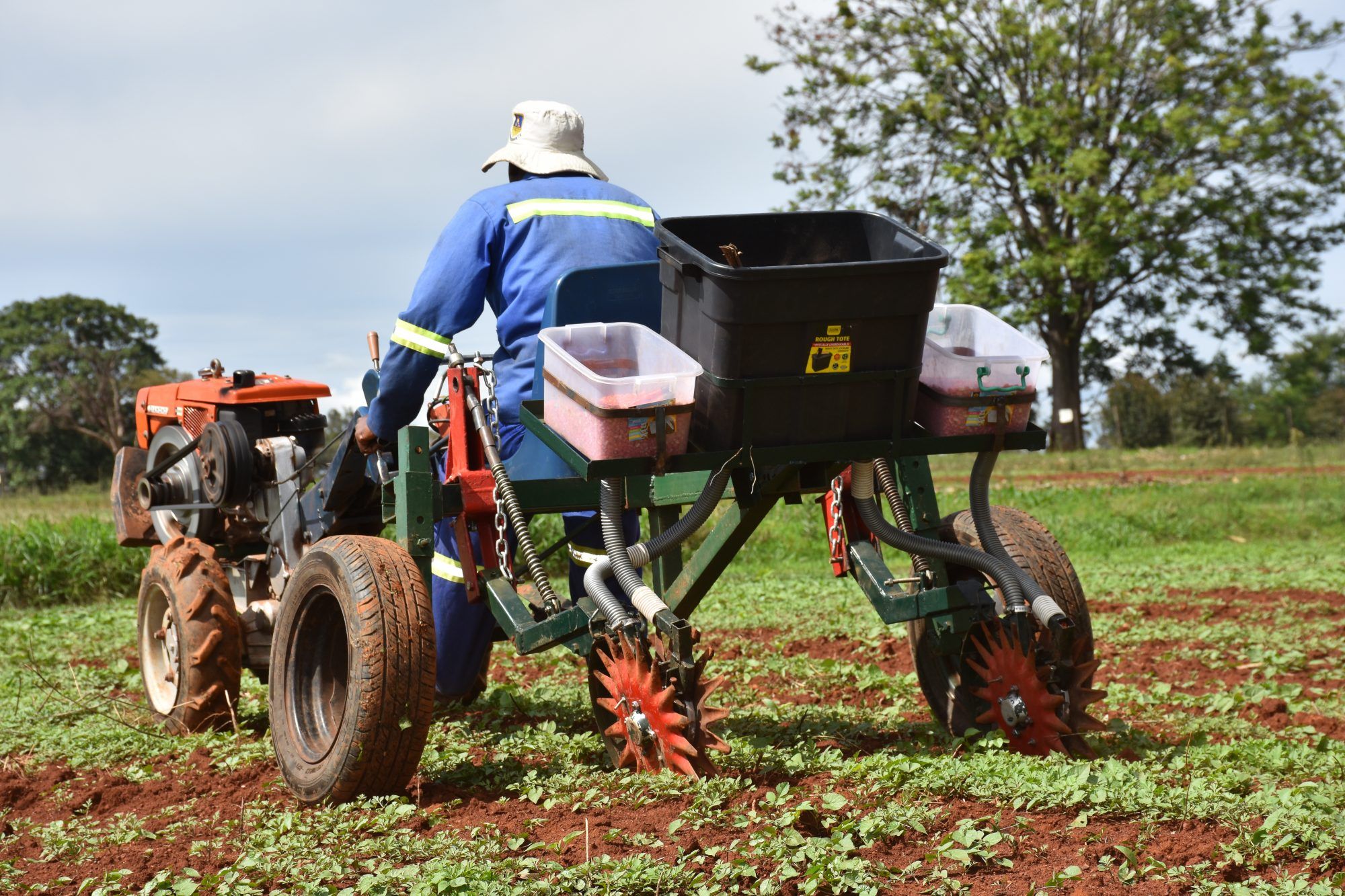
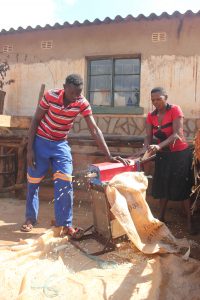
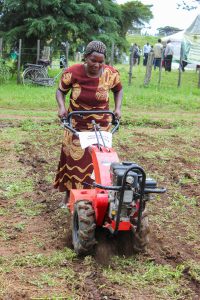
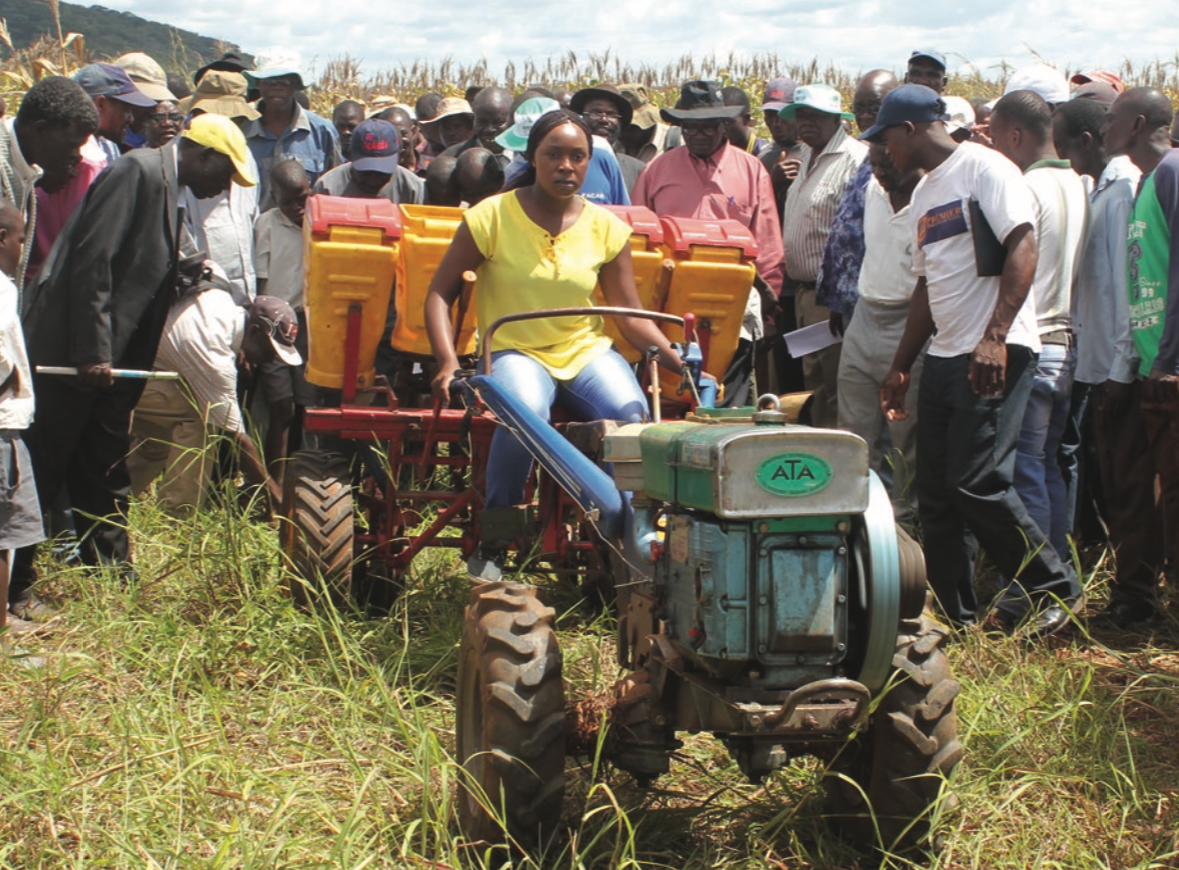
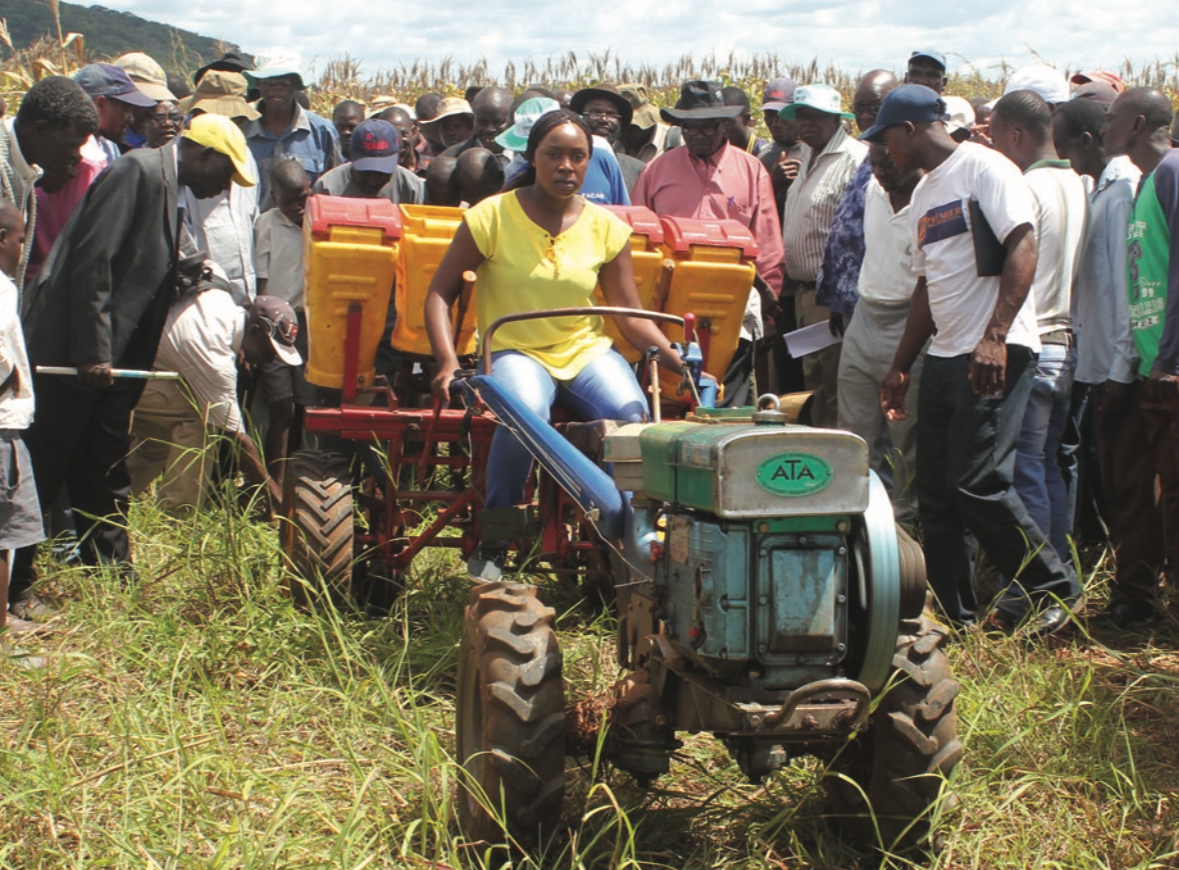 A
A 